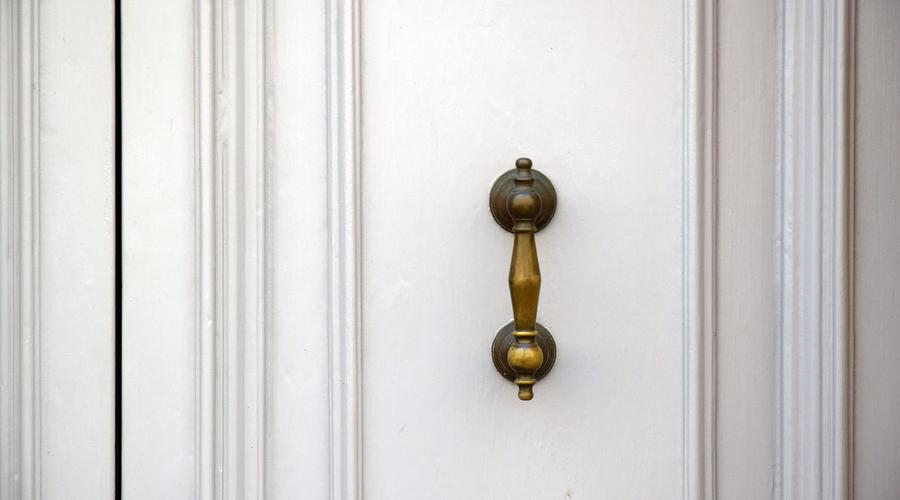
After conducting a PCI Building Inspection in Perth ABEL Building Inspections have sometimes had the customer complain after a couple of months that their doors are now cream or yellow, not white as it was when the painting was completed
In years gone by people accepted this yellowing as part of using enamel paint because that was all that was available.
These days customers are more demanding and think the enamel (alkyd) paint should stay white because there have been advances in technology, and the advent of acrylic water-based paint.
Acrylic water-based paints do not yellow, but enamels do.
Let's look at why enamels yellow, and how to prevent this from happening.
Oil-based enamel paints yellow in two situations.
1) Over time where there is little or no light such as passages, insides of cupboards, and behind doors that are kept open.
This yellowing is reversible and the coating will revert to white on constant exposure to light.
2) Enamels may also turn yellow while drying if ammonia is present in the air.
Ammonia is found in many acrylic water-based paints, cleaners, and other household products like floor polish.
This type of yellowing is not reversible. It is possible to avoid or minimize yellowing by doing the following:
Never apply oil-based enamel first or on the same day as water-based paints.
Image by Marisa Sias










